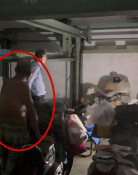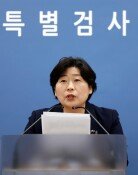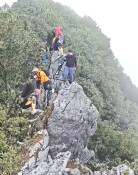Core technologies for selected industries expanded to 150
Core technologies for selected industries expanded to 150
Posted October. 19, 2022 07:50,
Updated October. 19, 2022 07:50
The number of core strategic strategies managed and nurtured by the government to boost the competitiveness of the materials, parts, and equipment industries is expanding from 100 to 150. Low-level technologies with a high dependency on a limited number of exporters and a massive impact on local industries – such as urea – will be managed under a category of “items for supply chain stabilization.”
Such a policy direction was agreed upon on Tuesday in a committee for boosting the competitiveness of materials, parts, and equipment industries at Government Complex Seoul, marking the first occasion since the inauguration of the Yoon Suk-yeol administration. “Amid the accelerated reconfiguration of global supply chains and the deepening technological hegemony between the U.S. and China, securing a stable supply chain of the three industries will be a critical element that will decide our competitive edge,” said Trade, Industry and Energy Minister Lee Chang-yang.
The gist of the new policy is to expand the scope from Japan to the world. The government believes that focusing on a certain country is insufficient in dealing with the now recurring patterns of supply chain crises. The share of imports for the three industry products from Japan stood at 15.4% in the first half of this year, the lowest on record, but that from China rose 4.7 percentage points to 29.6% over the past 10 years.
Notably, the government has committed to increasing the number of core strategic technologies from 100 to 150. For semiconductors, the scope will expand from 17 to 32. The scope of core strategic technologies in semiconductors, confined to materials, will be expanded into manufacturing processes. Five more strategic technologies will be added to the bio sector, whose importance only grew after the global Covid-19 outbreak. Core strategic technologies play a pivotal role in the value chains of materials, parts, and equipment industries.
Hee-Chang Park ramblas@donga.com







